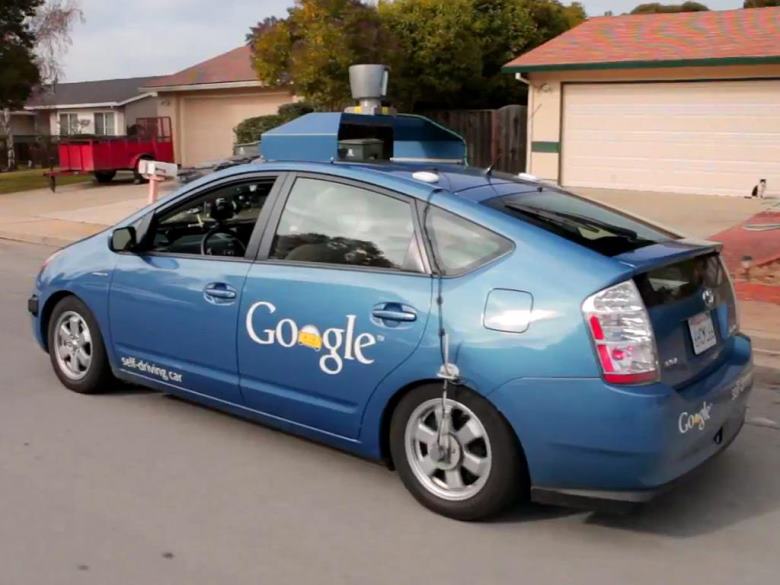
Source: http://pocketnow.com/2012/10/05/self-driving-cars
As Google Inc. leads the quest for driverless cars [1], Toyota, the world’s largest carmaker, recently announced that in about two years from now, it will introduce systems enabling cars to communicate with each other to avoid collisions. GM, the largest U.S. carmaker, is also aiming to come up with vehicles by 2020 that will be able to drive themselves on controlled-access highways.
It seems that the auto industry has specific target customers in mind — the younger customers and the elder ones. [a] The automakers see potential growth in the younger ones as they see the value in taking a relational orientation approach. Being young, they would like to have a fun and comfortable lifestyle and freedom to go wherever they want to go. Although they may not have a lot of spending power currently, they will one day. When they do and are looking to make a car purchase, these automakers wish to be in their retrieval set or evoked set.
However, the recent market trend has shown that the younger customers care less about buying a car and more about renting. [2] In fact, more promising customers are the elderly, the fastest-growing demographic in the world. Being involved in the labour market for longer, they enjoy relatively better disposable income and more purchasing power. Often their health slowly deterioriates in terms of vision, hearing and hand-eye coordination, resulting in some accidents. Last april, the National Highway Traffic Safety Administration noted that people aged 65 or older accounted for 17 percent of the 32,367 traffic deaths in the U.S. in 2011. This does not necessarily mean that the elderlies are always the ones at fault in accidents. However, it is possible that they may be able to prevent certain accidents if they are in a better health condition. Hence the automakers are looking into becoming a part of the solutions for these elderly.
More info: [1] http://www.ted.com/talks/sebastian_thrun_google_s_driverless_car.html
[2] http://america.aljazeera.com/watch/shows/real-money-with-alivelshi/Real-Money-Blog/2013/9/26/generation-renter.htmlSource: [a] http://www.bloomberg.com/news/2013-10-20/elderly-dying-in-crashes-seen-spurring-self-driving-car-demand.html
 Follow
Follow






